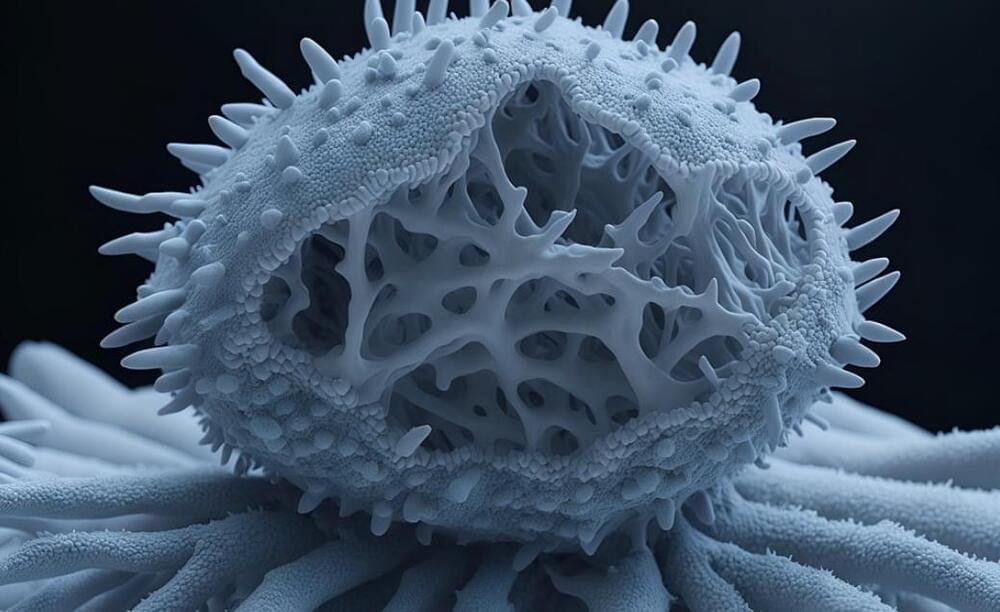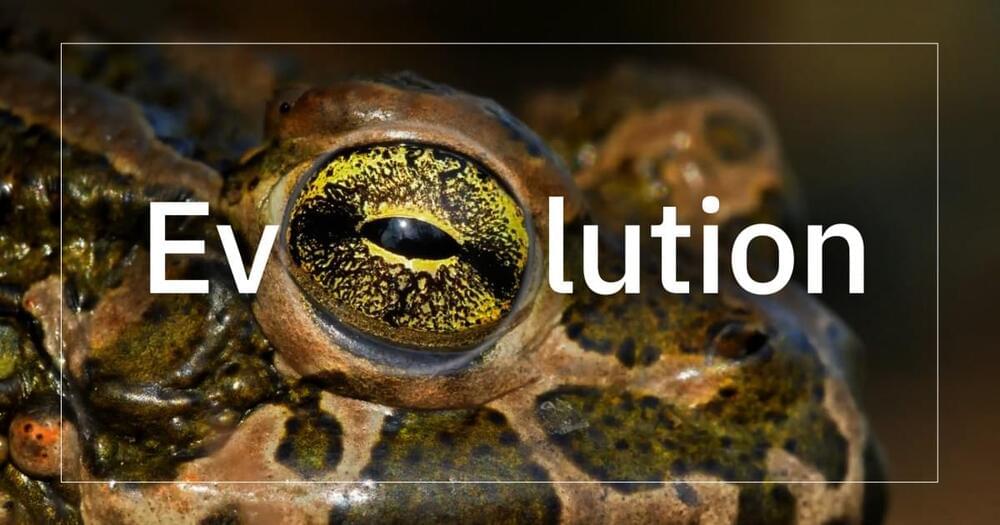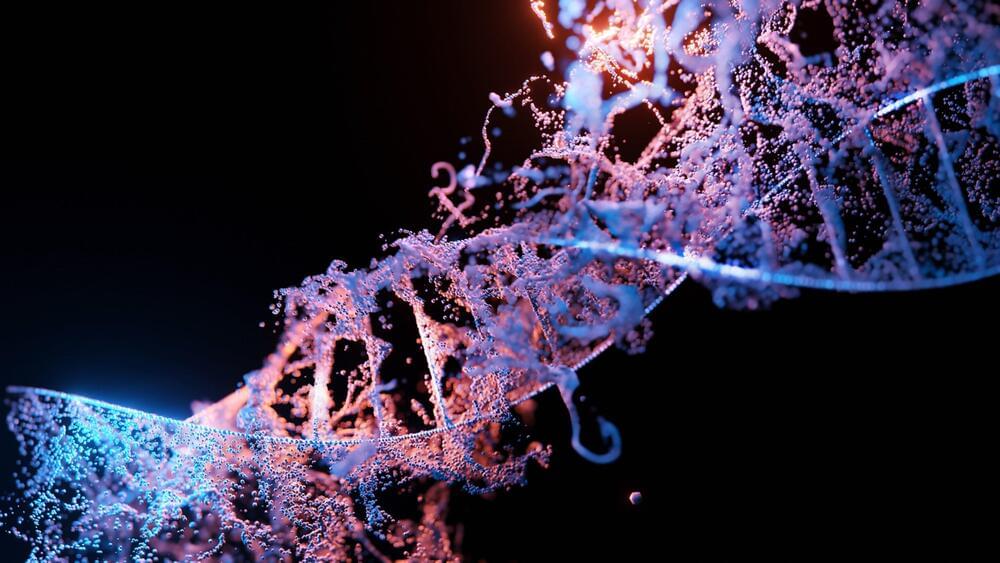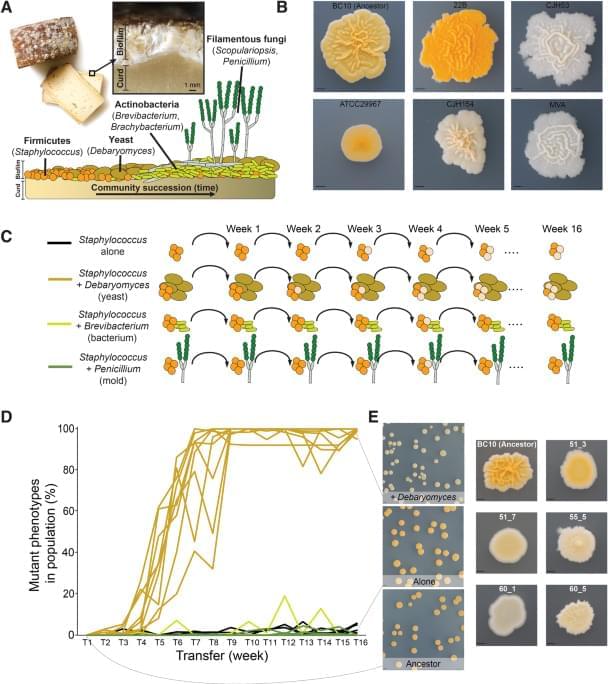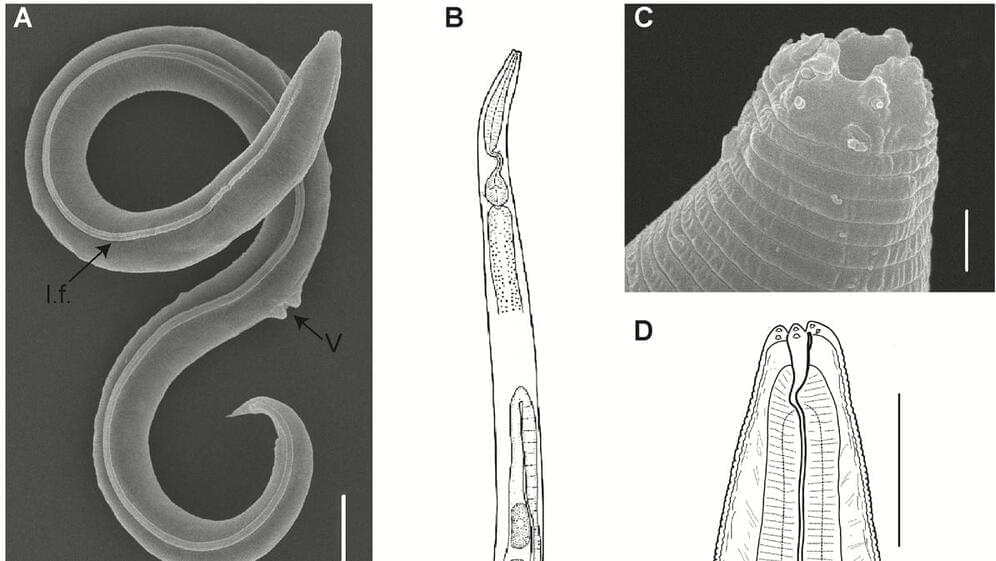Aug 6, 2023
Unseen Fluctuations: Challenging Inflation | Robert Brandenberger
Posted by Dan Breeden in categories: cosmology, education, Elon Musk, evolution, particle physics, quantum physics
“I view string theory as the most promising way to quantize matter and gravity in a unified way. We need both quantum gravity and we need unification and a quantization of gravity. One of the reasons why string theory is promising is that there are no singularities associated with those singularities are the same type that they offer point particles.” — Robert Brandenberger.
In this thought-provoking conversation, my grad school mentor, Robert Brandenberger shares his unique perspective on various cosmological concepts. He challenges the notion of the fundamental nature of the Planck length, questioning its significance and delving into intriguing debates surrounding its importance in our understanding of the universe. He also addresses some eyebrow-raising claims made by Elon Musk about the limitations imposed by the Planck scale on the number of digits of pi.
Continue reading “Unseen Fluctuations: Challenging Inflation | Robert Brandenberger” »

